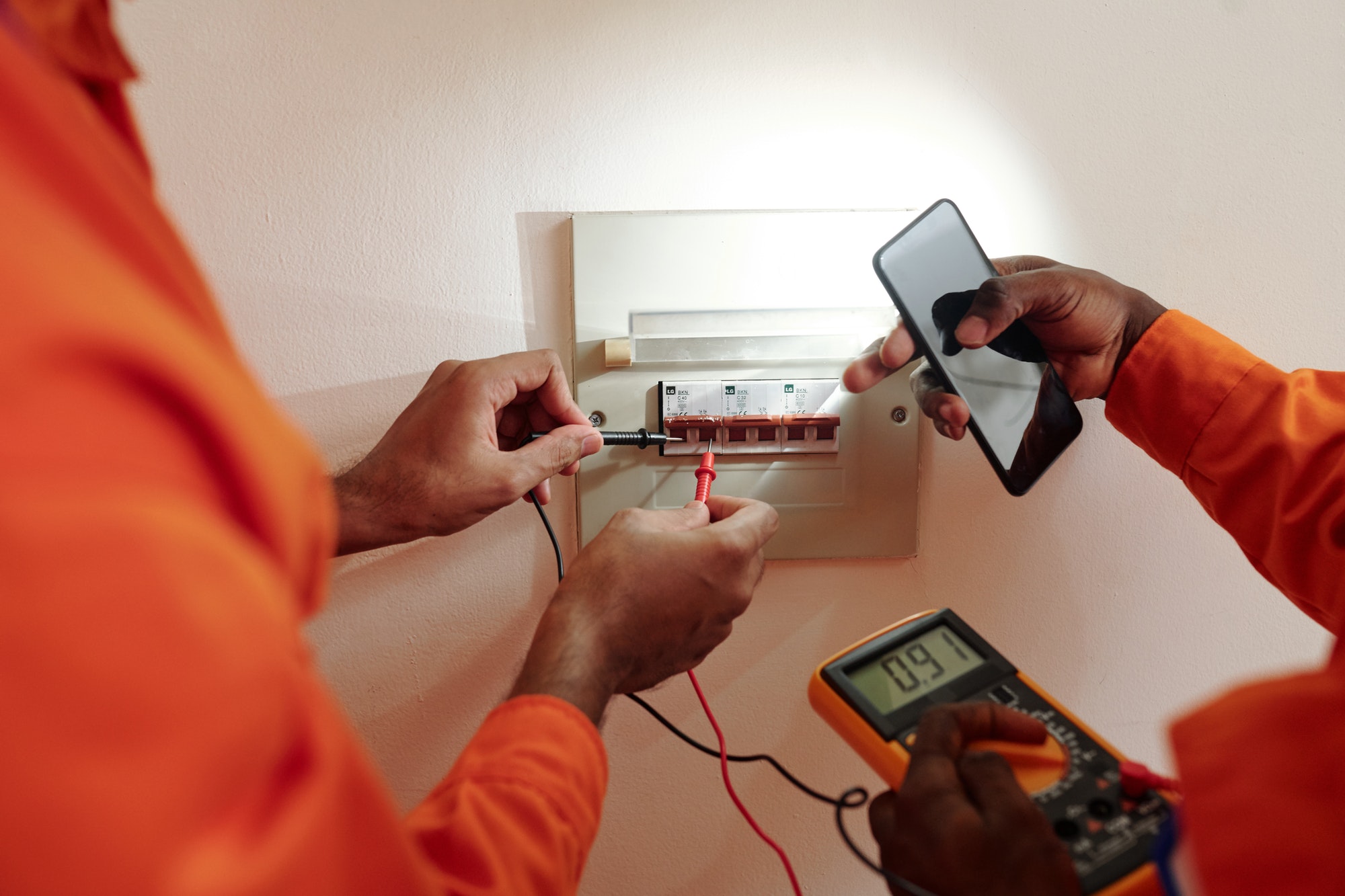Electrical emergencies can happen unexpectedly and pose serious risks, including fires, electrical shocks, and damage to appliances. Knowing when to seek immediate circuit repairs is crucial for ensuring safety and preventing further issues. Here are key indicators of electrical emergencies and the steps to take for immediate circuit repairs.
1. Frequent Circuit Breaker Trips
Indicator:
- Your circuit breaker trips frequently, even when the electrical load is not excessive.
Cause:
- This could be due to overloaded circuits, short circuits, or ground faults.
Action:
- Immediate Response: Turn off the power to the affected circuit and unplug all appliances. Reset the breaker. If it trips again, there’s likely a deeper issue.
- Seek Repairs: Contact a licensed electrician to inspect and diagnose the problem. Frequent trips indicate a potentially serious issue that needs professional attention.
2. Burning Smell or Discolored Outlets
Indicator:
- A burning smell or discoloration around outlets or switches.
Cause:
- Overheating, faulty wiring, or a short circuit.
Action:
- Immediate Response: Turn off the power at the main circuit breaker. Do not use the affected outlets or switches.
- Seek Repairs: Call an electrician immediately. These signs indicate overheating, which can lead to electrical fires.
3. Sparking Outlets or Switches
Indicator:
- Visible sparks when plugging in or unplugging devices, or when flipping switches.
Cause:
- Loose connections, short circuits, or faulty wiring.
Action:
- Immediate Response: Unplug devices and turn off the power to the affected circuit. Avoid using the outlet or switch until inspected.
- Seek Repairs: Have an electrician evaluate and fix the issue. Sparking is a serious hazard and should not be ignored.
4. Flickering or Dimming Lights
Indicator:
- Lights flicker or dim unexpectedly, even when no heavy appliances are in use.
Cause:
- Loose wiring, overloaded circuits, or issues with the electrical panel.
Action:
- Immediate Response: Turn off the power to the affected area. Check if the issue persists when other devices are unplugged.
- Seek Repairs: Consult an electrician to investigate the wiring and electrical panel. Persistent flickering can indicate significant wiring issues that need prompt attention.
5. Electric Shocks
Indicator:
- Receiving an electric shock when touching appliances, switches, or outlets.
Cause:
- Faulty grounding, damaged wiring, or exposed live wires.
Action:
- Immediate Response: Stop using the appliance or outlet immediately. Turn off the power at the circuit breaker.
- Seek Repairs: Contact an electrician to inspect and repair the faulty wiring. Electric shocks are dangerous and must be addressed immediately.
6. Overloaded Outlets
Indicator:
- Outlets feel warm to the touch or emit a buzzing sound, often with multiple devices plugged into a single outlet.
Cause:
- Overloading the outlet, leading to overheating and potential fire hazards.
Action:
- Immediate Response: Unplug some devices to reduce the load on the outlet. Avoid using multiple plug adapters or extension cords.
- Seek Repairs: Have an electrician assess the outlet and potentially add more circuits to distribute the electrical load more evenly.
7. Circuit Buzzing or Humming Sounds
Indicator:
- Unusual buzzing or humming sounds coming from the circuit breaker panel or outlets.
Cause:
- Loose connections, overloaded circuits, or faulty breakers.
Action:
- Immediate Response: Turn off the power to the affected circuit. Avoid using outlets that emit unusual sounds.
- Seek Repairs: Get an electrician to examine the electrical panel and wiring. Buzzing sounds indicate issues that could escalate to more serious problems.
8. Non-Functional Outlets or Switches
Indicator:
- Outlets or switches that suddenly stop working.
Cause:
- Tripped circuit breaker, faulty wiring, or damaged components.
Action:
- Immediate Response: Check the circuit breaker to see if it has tripped. If resetting the breaker does not restore power, turn off the power to the affected area.
- Seek Repairs: Have an electrician diagnose and repair the non-functional outlets or switches. Sudden loss of functionality can indicate underlying wiring issues.
Conclusion
Identifying electrical emergencies promptly and seeking immediate circuit repairs can prevent serious hazards and ensure the safety of your home or workplace. Always prioritize safety by turning off the power, avoiding the use of affected outlets or appliances, and contacting a licensed electrician to handle repairs. Regular maintenance and timely intervention are key to maintaining a safe and efficient electrical system.






